update
How can I properly scale all those vectors of RGB values so that they give the same intensity?
Assume the average or mean intensity of all 3.
This also assumes a reliable repeatable measurement tool is available to you.
Free tools: camera, photo tools, image viewer with relative readings on RGB and Luminance (grey scale)
Cheap sensors: Best bet: PNJ4K01F Ambient Light Sensor $0.98 (1)
analog SMD, color-corrected lens, current buffered, choose gain load R
 This assumes you have calibrated Current vs Intensity for each LED or array and that you are familiar with all sources of error, including; LED intensity slight nonlinearity with current, colour shift with temperature rise ( read specs), detector error ( human perception, CIE filtered detector, Camera settings, photo spectrometer calibration )
This assumes you have calibrated Current vs Intensity for each LED or array and that you are familiar with all sources of error, including; LED intensity slight nonlinearity with current, colour shift with temperature rise ( read specs), detector error ( human perception, CIE filtered detector, Camera settings, photo spectrometer calibration )
.
To roughly calibrate your RGB LEDs , you can use a camera photo in default settings and edit in software custom settings to display the RGB values of a test pattern.
This is similar to calibrating my TV for
- contrast (gain),
- brightness (offset)
- gamma ( non-linear gain)
- for each colour RGB ( thus 9 correction factors )
I use DPT.exe (OS=Windows) to display standard display TV patterns on any monitor from my PC since that is my 56" TV uses the computer as the source.
Then use the graphics chip software (Intel) to adjust the GPU for Desktop and Video ( video players have seperate calibrations).
If you have an LG phone or similar there are apps to use the camera and display RGB vector values and calibrate with grey scale images. I use gradient grey scale to calibrate gamma.
I also use Irfanview.exe for histograms and quick colour photo editing and measure rendered RGB values.
You can make a simple assumption that grey level is the average of RGB LEDs that are equal intensity with true Green and True Red and True Blue LEDs.

I also have the NIST spreadsheet with formulae, Standards and correction factors for many light sources, but this is a little overkill.

